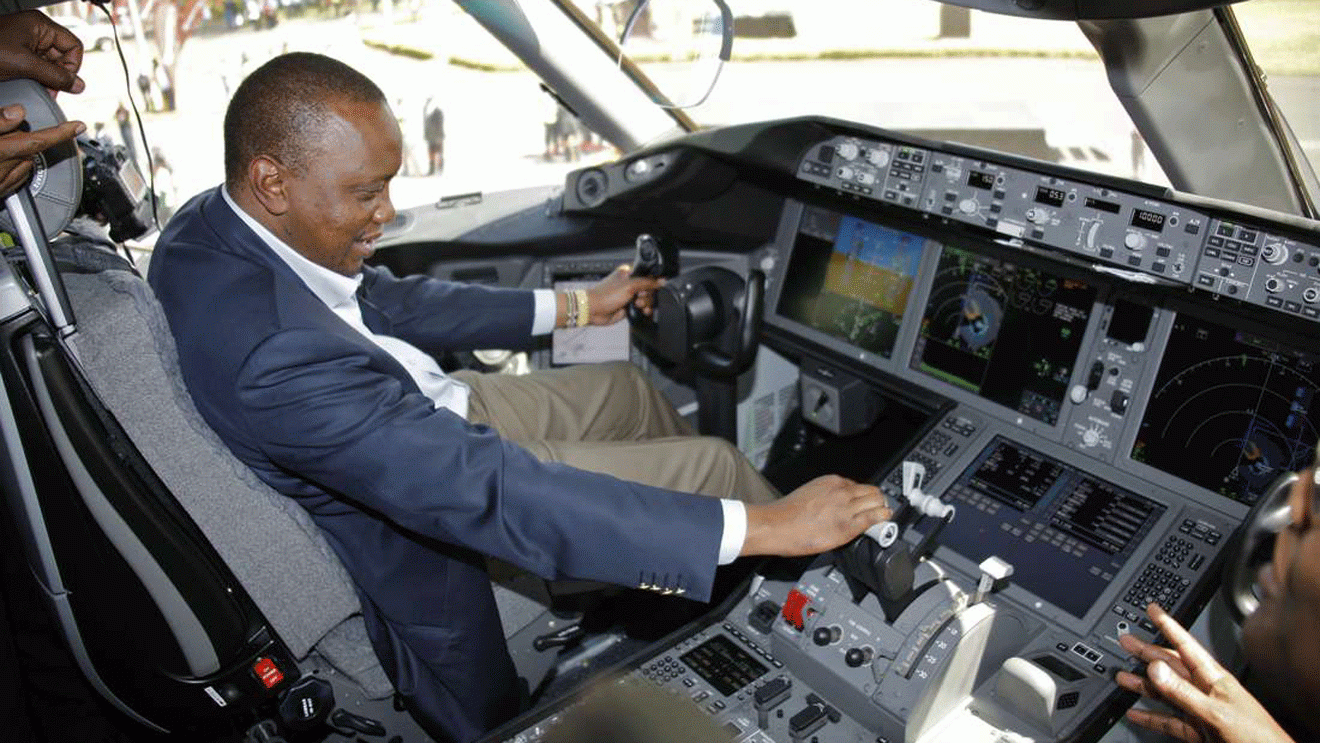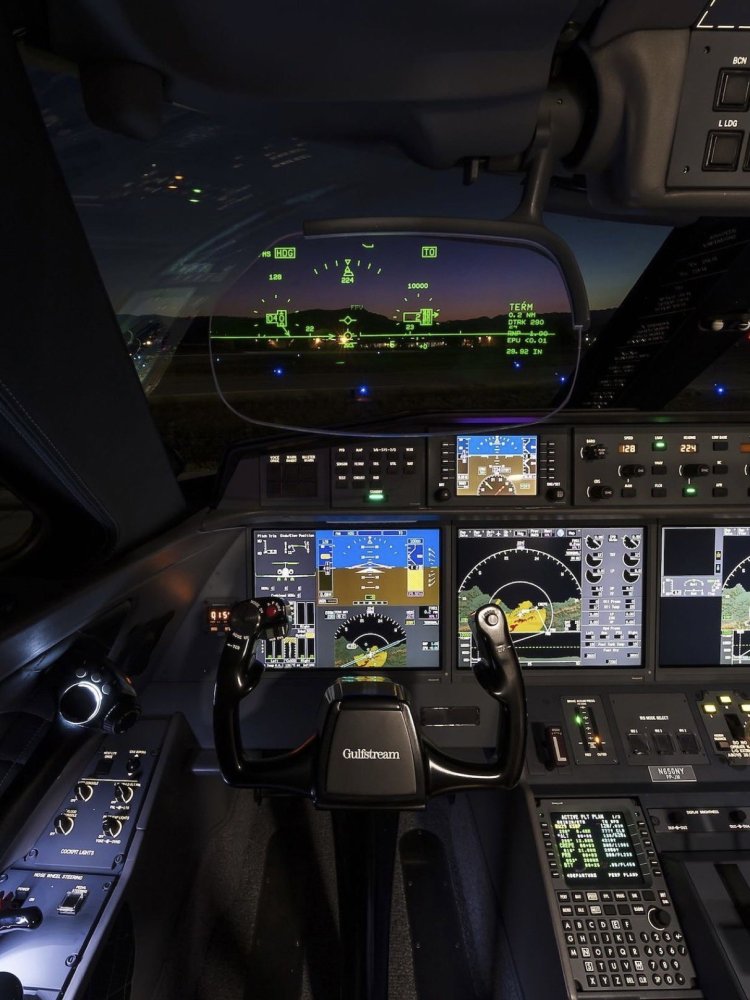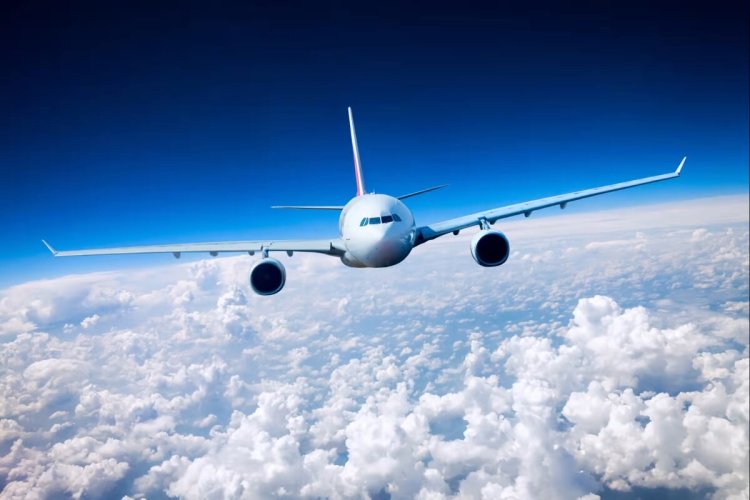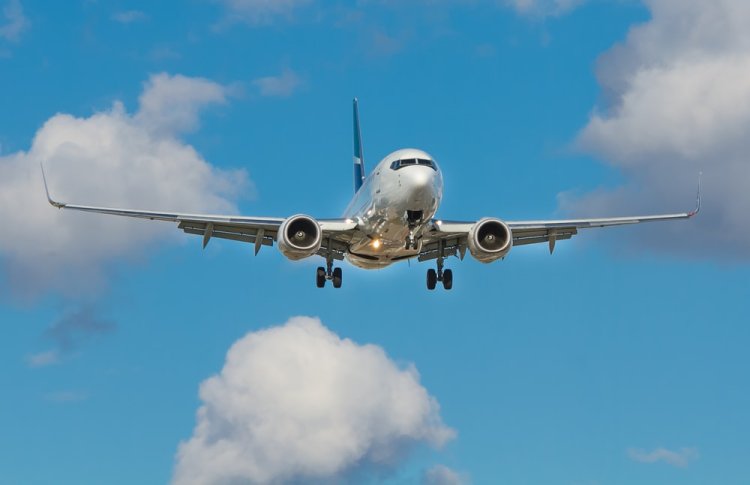Autopilot: Importance And Why It Is Not Used During Takeoff & Landing
Lucky for modern pilots, a string of technological advances has allowed aircraft to be flown virtually by themselves for entire trips

For first-time flyers, many would assume that it is the pilots who fly a commercial aircraft themselves for the entire journey, particularly those over 15-hour trips. These days, it is not the case.
Managing to keep a passenger aircraft in the air for long periods of time manually is a tedious process that has no room for breaks. Also, just like driving long distances, flying for long periods drains one's energy and there are almost to no frequent stops, just like during long-distance road trips.
Lucky for modern pilots, a string of technological advances has allowed aircraft to be flown virtually by themselves for entire trips, with only manual control required for critical moments such as takeoff and landing. One of those technological advances happens to be the autopilot.

Inside the cockpit of a business jet. /TWITTER.AIRPLANE CENTRAL
What Is Autopilot?
An autopilot is a device used to guide an aircraft without direct assistance from the pilot. Early autopilots were only able to maintain a constant heading and altitude, but modern autopilots are capable of controlling every part of the flight envelope from just after take-off to landing.
Modern autopilots are normally integrated with the flight management system (FMS) and, when fitted, the autothrottle system.
The first recorded autopilot was invented more than 100 years ago to reduce the workload of pilots as the duration of flights started to increase with the advancement of technologies. It was composed of a revolutionary decision to include a gyroscope linked to the control surfaces of the aircraft to adjust deviations on the three axes of the aircraft (pitch, roll and yaw).
Over the years, with the development of computerised navigational systems, the autopilot became an integral part of the flight management system that interacts with the geographic database to control an aircraft to fly a particular trajectory following the pilots’ input. Today, an autopilot is mandatory for commercial operations with more than 20 seats.
On a typical commercial flight, autopilot is used for almost 90 per cent of the flight. Simply put, consider the flight to be divided into 4 phases of flight: takeoff, cruising, approach and landing.
Currently, autopilots are not used for takeoff as it requires split-second decisions from the flight crew to abort the take-off in case of emergencies or obstructions on the runway. The autopilot can be engaged as early as 5 seconds after lift-off or when the aircraft has reached 100 feet above ground level.
Some aircraft can conduct auto-land onto runways that are certified for the operation, but in this case, both autopilots will remain engaged until the aircraft is on the ground.
The auto-land capability allows the aircraft to land in airports where the weather is not ideal, especially with low clouds and low visibility. In other cases, the autopilot will be turned off at around 1500 feet above the ground when the aircraft has established its final flight path.
When Is Autopilot Turned On?
Turning on an autopilot depends on the type of plane and other conditions, but autopilot typically cannot be turned out until the plane is at least 400 - 1,000 feet in the air. This means that for the entirety of the takeoff, the pilot is hand-flying and is truly in control and that includes taxiing around the airport, also done entirely by hand.
Even though this is the earliest that a pilot can engage the autopilot system, most pilots will wait until the plane is even higher and much of the real flying is over with. A general rule of thumb is that many pilots like to wait until they reach an altitude of at least 10,000 feet before turning autopilot on.

A passenger aircraft in flight. /NEW ATLAS
By this height, the plane should have the correct heading and be nearing cruising speed, making it a great time for the pilot to let the autopilot take over the controls. Interestingly, even if the pilot really wants to fly the plane themselves, there does come a point at which they have to engage autopilot.
In order to meet the requirements of the Reduced Vertical Separation Minima (RVSM), pilots have to engage autopilot after reaching an altitude of 28,000 - 29,000 feet on their way to cruising altitude, thus enabling planes to be able to fly in the same airspace with only 1,000 feet of vertical spacing between them. Autopilot systems maintain altitude and are incredibly consistent, increasing the possibility of RVSM.
How Autopilot Works
A pilot inputs what action they want from the autopilot, such as heading in a specific direction, into the autopilot system, which works by sensing signals to the flight control system.
For example, if the pilot wants to head in a specific direction, they will enter the navigational directions.
The most sophisticated autopilot systems even have automatic navigational courses, where a pilot programs a GPS to maintain a particular course. The system would then make the necessary turns to reach the destination.
What Pilots Do When Autopilot is Flying the Plane
Pilots are required to remain at the control systems and monitor the aircraft’s navigation at all times, including when autopilot is engaged. That means that pilots are not allowed to relax or perform recreational activities when they are on duty, thus are unable to rest when the autopilot is on.
At the same time, pilots remain on duty when the autopilot is on to take control of the control systems in case there are any issues.
A good case study of this is when two pilots flying an Ethiopian Airlines Flight 343 from Khartoum International Airport in Sudan to Bole International Airport in Ethiopia fell asleep mid-flight on August 15, 2022, causing panic amongst its passengers. The duo were flying a Boeing 737-800 at 37,000 feet when they fell asleep during the flight.
Concerns immediately surfaced after the aircraft, on approaching its destination, had passed its point of descent, with the pilots not engaging the necessary protocols prior to landing. It was the disconnect alarm on its autopilot system that awoke the pilots who realised that they had flown over the intended runway.
The pilots managed to guide the aircraft and land safely on the runway after 25 minutes. Luckily, none of the passengers was harmed.
Using Autopilot In Special Cases
Many pilots like to wait to turn autopilot on until they’re much higher than the point at which they can turn it on. However, one reason that pilots will opt to turn the system on much sooner after taking off is if it is stormy outside the aircraft or there is bad weather.
During storms and heavy fog, pilots will often turn autopilot on as soon as possible. This is because the autopilot system can take over much of the flying while allowing the pilot to concentrate on other things, such as avoiding storms as much as possible.
Autopilot can also be extremely helpful when there is heavy fog and it’s difficult to see since the system does not require eyesight like humans do. This makes it a vital part of any successful flight or landing in the most severe weather conditions.


 admin
admin 




